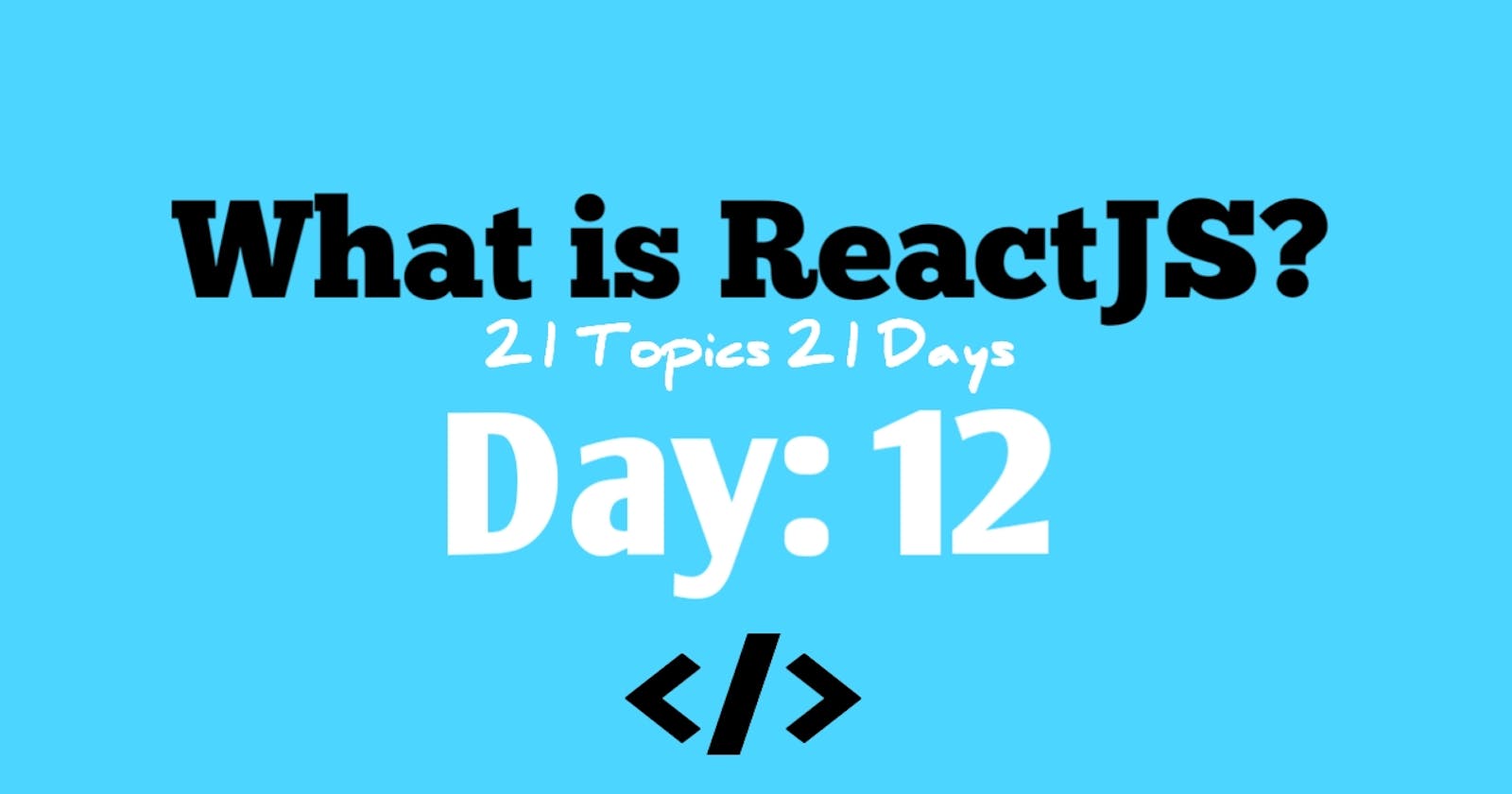Table of contents
React: A Comprehensive Guide to One of the Most Popular JavaScript Libraries
React is a highly popular JavaScript library that was developed and maintained by Facebook. It is designed to help developers build user interfaces and manage the state of their applications. React is used by many large companies, including Netflix, Airbnb, and Walmart, and is considered one of the best tools for building modern, interactive web applications.
History of React
React was developed by Jordan Walke, a software engineer at Facebook, in 2011. It was created to address the need for efficient updates to the Facebook news feed. The library was released to the public in 2013 and quickly gained popularity among developers. In 2015, Facebook announced that they would be using React Native, a version of React that could be used to build native mobile applications, in addition to web applications.
Since its release, React has continued to evolve and improve, with new features and updates being added regularly. The community of developers using React has also grown significantly, with thousands of contributors and thousands of open-source projects using the library.
Features of React
- Virtual DOM
React uses a virtual DOM, which is a lightweight in-memory representation of the actual DOM. This allows React to update only the parts of the DOM that have changed, which leads to much faster updates and renderings compared to traditional JavaScript frameworks.
- Reusable Components
React encourages the development of reusable components, making it easier for developers to maintain and update their applications. Components can be easily imported and used in different parts of the application, reducing the amount of code that needs to be written and making it easier to test and debug.
- One-Way Data Flow
React follows a one-way data flow, which helps to prevent data from becoming inconsistent or difficult to manage. Data is passed down from parent components to child components through props, and changes are made to the state of the component using setState. This makes it easier for developers to understand how their data is flowing through the application and helps to prevent unintended changes to the state.
- Server-Side Rendering
React can also be used for server-side rendering, which means that the initial rendering of the application can be done on the server, and then the virtual DOM can be updated on the client. This results in faster initial load times and improved SEO, as the search engines can see the complete content of the page.
Hooks in React
Hooks in React are a way to add stateful functionalities to functional components. Before hooks, adding a state to a React component required the use of class components. However, hooks allow developers to add state and other React features to functional components, making the code more concise and easier to understand.
Here are some of the most commonly used hooks in React:
useState: This hook allows a functional component to have a state, just like a class component. It returns an array with two elements, the first being the current state and the second being a function to update the state.
useEffect: This hook is used to perform side effects, such as making API requests or setting up subscriptions, after a component has rendered. It takes two arguments, a function that will run after the component has rendered, and an array of dependencies, which tells React when to re-run the effect.
useContext: This hook makes it easy to access and update the context from a functional component. It takes the context object as an argument and returns the current value of the context.
useReducer: This hook is similar to useState, but it allows for more complex state updates and is often used for managing state that involves multiple values or the need for more complex logic.
Hooks are a powerful addition to React and have greatly improved the way developers build components and manage state. They allow for more concise and maintainable code and have become a staple of modern React development.
In conclusion, hooks are a great tool for adding state and other React features to functional components, making the code more concise and maintainable. They are easy to use and have quickly become a popular tool among React developers.
Conclusion
React is a powerful and flexible JavaScript library that has become one of the most popular tools for building web applications. Its virtual DOM, reusable components, one-way data flow, and server-side rendering capabilities make it a great choice for modern, interactive web applications. With a large and active community of developers, React is sure to continue to evolve and improve in the coming years.
